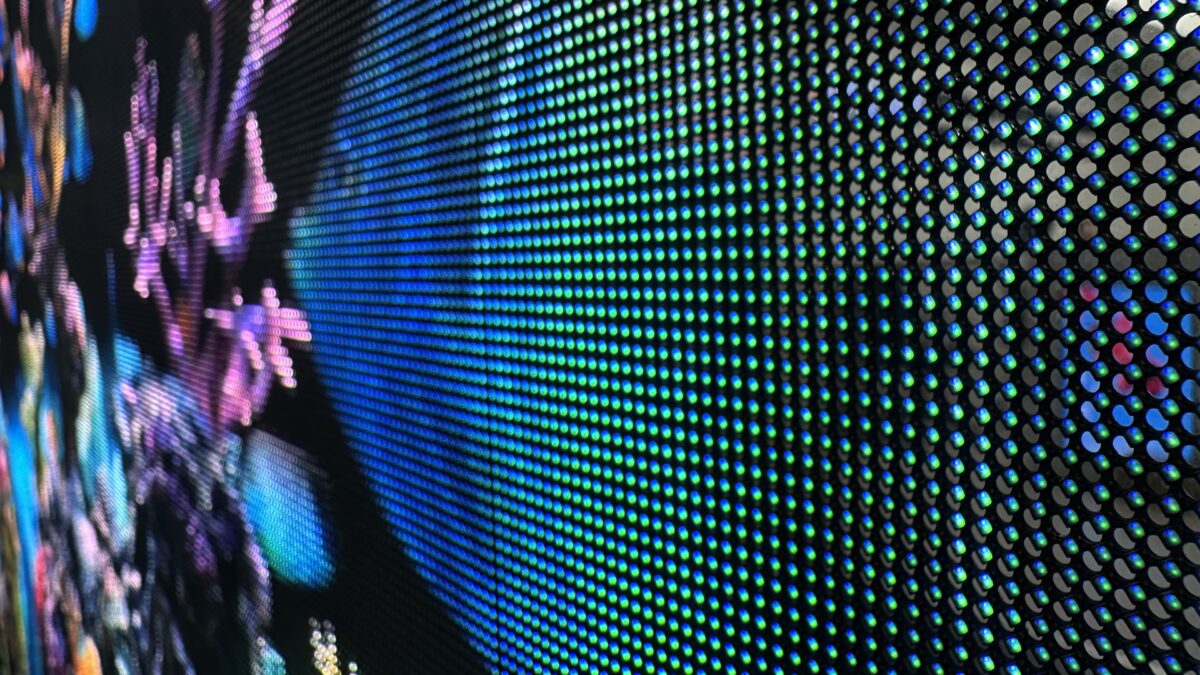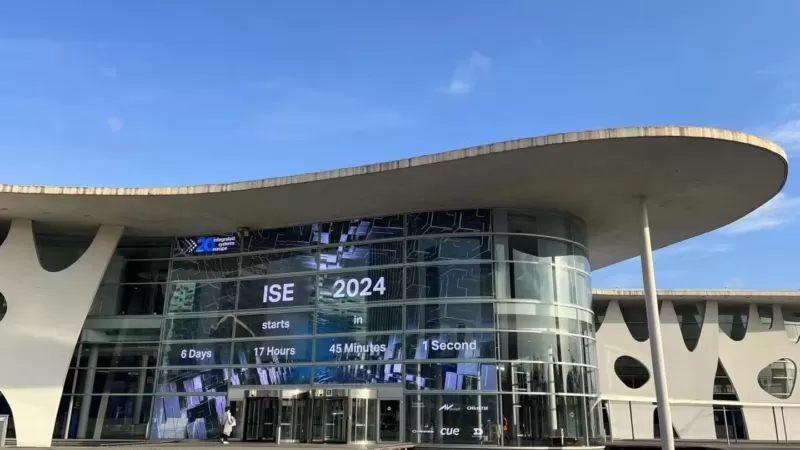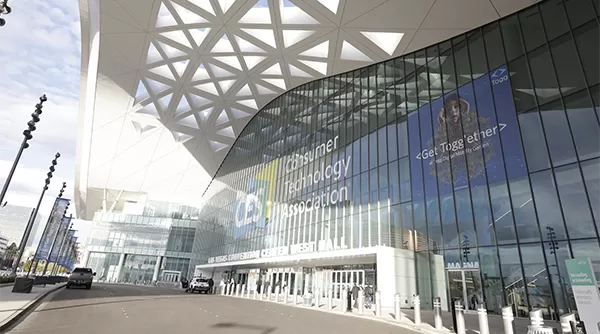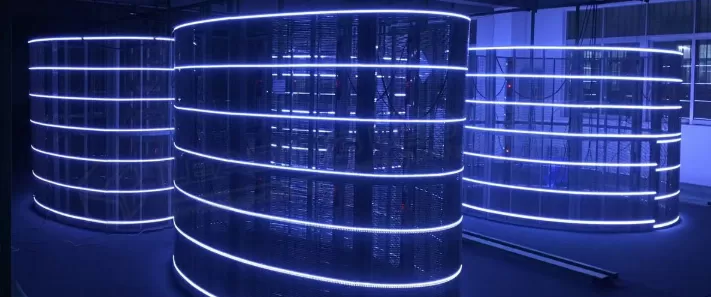Comprehensive Introduction to LED Film Screen
2023-12-07Precautions for Daily Use of LED Transparent Screens
2023-12-07On the basis of conventional LED transparent screens, the light board is hollowed out to achieve a certain level of transparency. This is known as an LED grid screen. Further optimization on the technology of the LED grid screen leads to the development of today’s LED transparent screen.

Why Can LED Transparent Screens Be Transparent? What is the Principle?
The light board of the LED transparent screen is composed of individual strips with hollow areas in between, reducing obstruction to the viewer’s line of sight. This design allows for a clear view of the scene behind the display screen. When viewed from a distance, the strip structure may even become invisible, creating a sensation that the image is suspended on the glass.
Two Approaches in the LED Transparent Screen Industry:
1、Modification of Traditional LED Display Screens:
- Incorporates hollow designs into the modules of traditional LED display screens.
- Introduces new patching, driving circuits, and control systems to achieve optimization and innovation in LED transparent displays.
- Representative products include LED transparent screens/LED film screens.
- Primarily used in small to medium-sized areas with high pixel requirements.
- Common applications: glass curtain walls, commercial windows, exhibitions, auto shows, etc.
2、Direct Assembly of Light Strips/Light Dots:
- Assembles LED transparent screens directly through the splicing of light bars or light dots.
- Utilizes special structures and signal processing methods.
- Commonly seen in LED strip screens and LED grid screens on the market.
- Suitable for large-scale illumination display projects with a spacing of typically 20mm or more.
- Suited for distant and extensive viewing due to lower resolution requirements.
- Common applications: city light shows, large-scale landmark displays, etc.
2⃣️ Why Can LED Transparent Screens Be Transparent? Principles of Implementation
On the basis of conventional LED transparent screens, the light board is hollowed out to achieve a certain level of transparency. This is known as an LED grid screen. Further optimization on the technology of the LED grid screen leads to the development of today’s LED transparent screen.
Why Can LED Transparent Screens Be Transparent? What is the Principle? The light board of the LED transparent screen is composed of individual strips with hollow areas in between, reducing obstruction to the viewer’s line of sight. This design allows for a clear view of the scene behind the display screen. When viewed from a distance, the strip structure may even become invisible, creating a sensation that the image is suspended on the glass.
Two Approaches in the LED Transparent Screen Industry:
- Modification of Traditional LED Display Screens:
- Incorporates hollow designs into the modules of traditional LED display screens.
- Introduces new patching, driving circuits, and control systems to achieve optimization and innovation in LED transparent displays.
- Representative products include LED transparent screens/LED film screens.
- Primarily used in small to medium-sized areas with high pixel requirements.
- Common applications: glass curtain walls, commercial windows, exhibitions, auto shows, etc.
- Direct Assembly of Light Strips/Light Dots:
- Assembles LED transparent screens directly through the splicing of light bars or light dots.
- Utilizes special structures and signal processing methods.
- Commonly seen in LED strip screens and LED grid screens on the market.
- Suitable for large-scale illumination display projects with a spacing of typically 20mm or more.
- Suited for distant and extensive viewing due to lower resolution requirements.
- Common applications: city light shows, large-scale landmark displays, etc.
Muxwave introduces the world’s first LED transparent screen with a minimum spacing of approximately 2.5mm, adopting a latticed hollow appearance that revolutionizes the transparency compared to traditional LED transparent screens, significantly increasing transparency.


